20 Surprising Facts About UK Coins…
Do you think you have a good knowledge of UK coinage? Well check out these 20 surprising facts that you might not know about UK coins!
1. The direction of each monarch’s effigy faces in the opposite direction to their immediate predecessor. This has been tradition since the time of Charles II onwards, with the only exception being Edward VIII, as he preferred his left portrait to his right, which was the side proposed for coins of his reign.
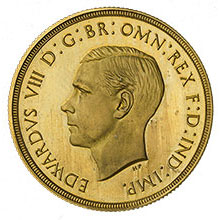
2. Two 1p coins weigh the same as one 2p coin, and two 5p coins weigh the same as one 10p coin. A 1p coin weighs 3.56g, so times that by 2 and you’ve got the weight of a 2 pence piece, 7.12g
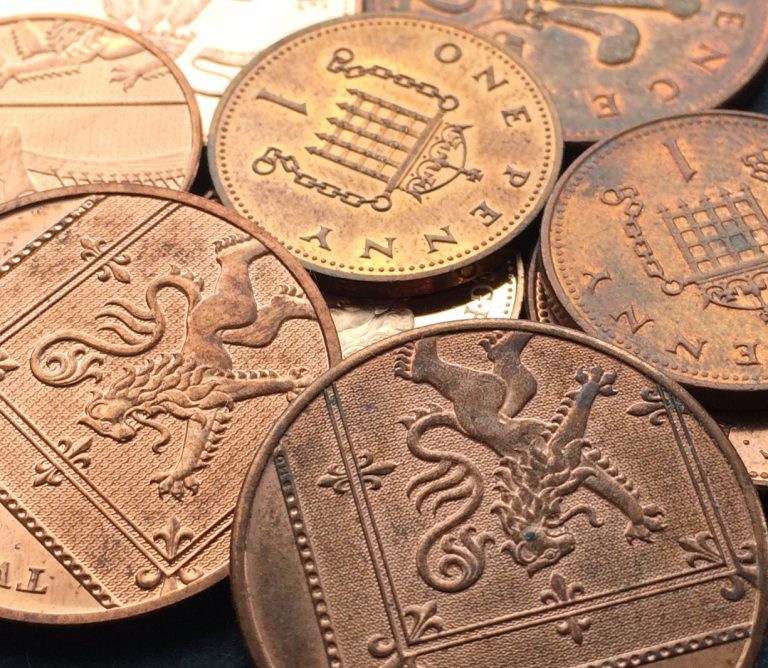
3. Whilst the high-value banknote in general circulation is the £50 note, there are such things as £1 million notes and £100 million notes. They are locked away deep in the Bank of England’s vaults and are used to back the value of every notes issued by commercial banks in Scotland and Northern Ireland.
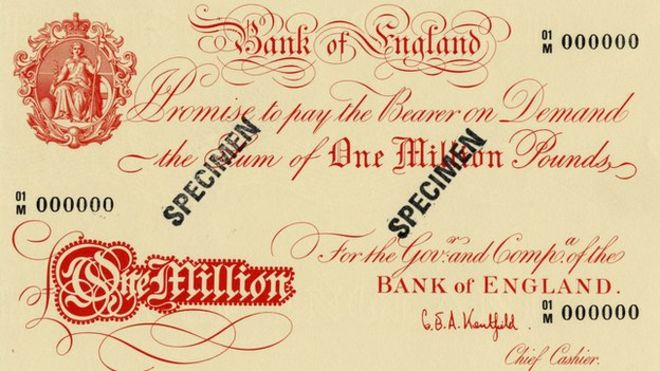
4. The word Farthing derived from a shortening of the word ‘Fourthing’. As far back as 1060, an English coin was shaped like a clover, so that any of the four leaves could be broken off and used as separate pieces of currency.
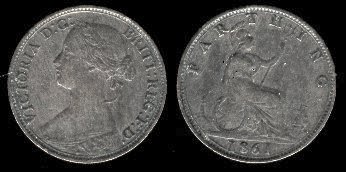
5. The commonly used term ‘quid’ actually originates from the phrase Quid Pro Quo, which translates literally to ‘what for what’. This term first appeared back in 1661!
6. According to the central banks, Brits are the world leaders at counterfeiting. There are an estimated 300 fake notes in every one million sterling notes!
7. When the UK prepared for the decimalization of its coinage, the government embarked on an enormous media campaign including leaflets, TV spots and even songs!
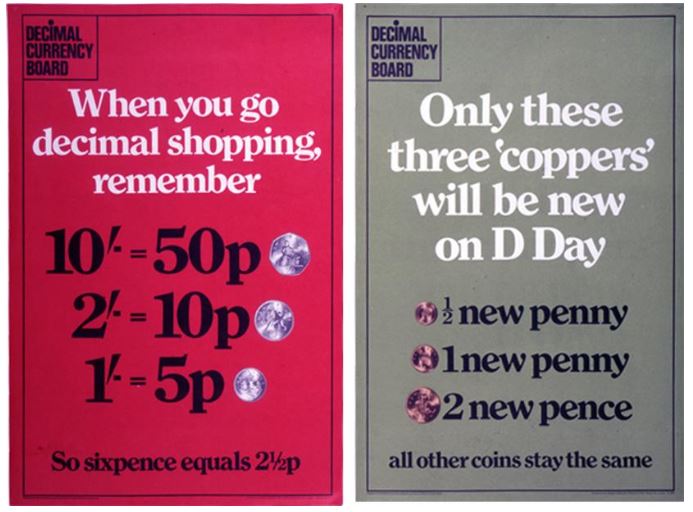
8. During the Second World War, Nazi Germany produced huge quantities of counterfeit sterling notes to try and devalue British currency. By 1945 a huge 12% of the notes in existence were counterfeit! The problem was solved by removing higher denomination notes from circulation and putting metal threads through new notes, making them harder to forge.
9. Stamps are not legal tender. Whilst you are free to accept stamps as payment for a service or goods, there is no legal obligation for you to accept them when offered. They have however been used as emergency currency in other countries.

10. You cannot pay fines in pennies. Have you ever considered paying a parking fine you didn’t think was fair with nothing but pennies? Well, be aware that the council is under no obligation to accept them! While relevant parties can choose to accept any type of payment they wish, in England and Wales restrictions apply on sums below £1.
11. Despite common belief, the polymer notes are not indestructible. Although we don’t recommend destroying them as you won’t be able to spend them!
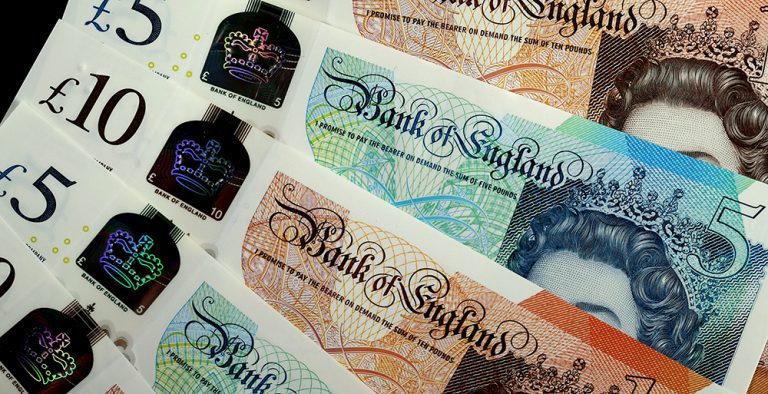
12. An estimated 28,850,000,000 UK coins are in circulation today! This is equivalent to almost 4 billion pounds worth of coins!
13. The use of gold in UK coinage ended when the First World War began. The gold sovereign, prior to 1914, was worth about £1 in circulation. However, the public were asked to hand any in to help fund the war effort. In its place came the £1 and £10 notes.
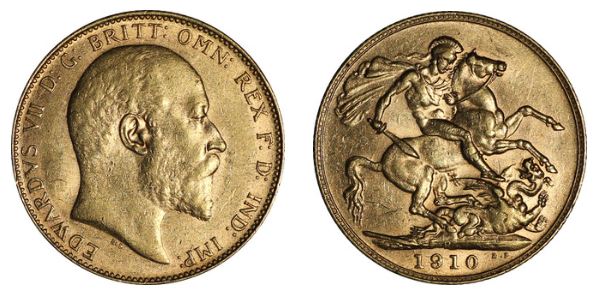
14. There is a myriad of Cockney rhyming slang to describe money. Apple core means £20, Uncle Ben means 10 and if someone asks to borrow a taxi driver, they actually mean a fiver.
15. The ‘coppers’ in your change, aren’t actually made of copper. Since 1992, 1p and 2p coins have been made of steel, with a copper plating.
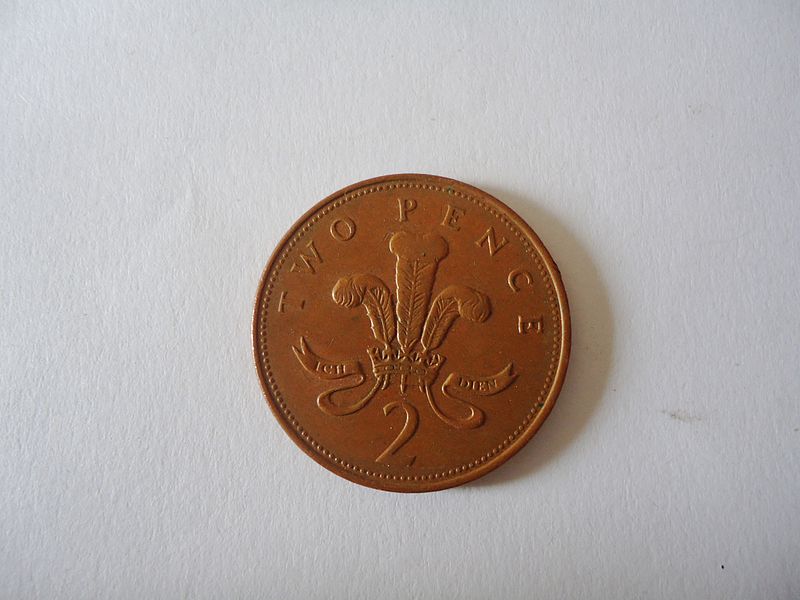
16. The UK’s current definitive coinage dated 2008 or younger, make up the design of the Shield of the Royal Arms when they are all placed together. Pretty cool, right?

17. Legend has it, the M11 has an exit but not an entry at Junction 5 to prevent would-be thieves escaping. This is because of its close proximity to the De La Rue Currency factory – where banknotes are printed for the Bank of England. This way, any potential robbers wouldn’t be able to make their escape quickly out of London and onto a motorway.
18. The Queen must officially approve any coin design before it can be made. The design is first put to the Chancellor, who then passes it on to the Queen for her official sign-off.
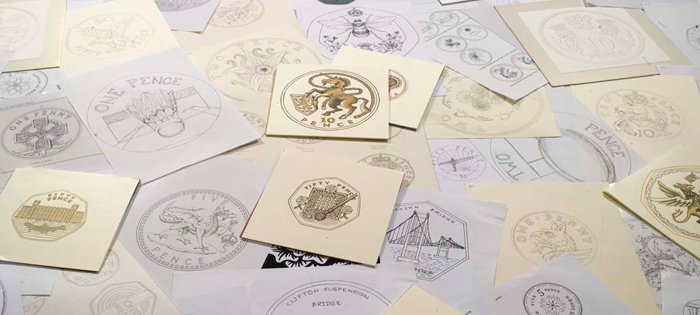
19. A full judicial trial is held to test newly-minted coins – called the Trial of the Pyx. This ceremony is held to ensure newly-minted coins conform to the required standards. The trials are held once a year and the coin’s diameter, chemical composition and weight is tested. These trials have been held since the 12th century and the process remains largely unchanged since that date!
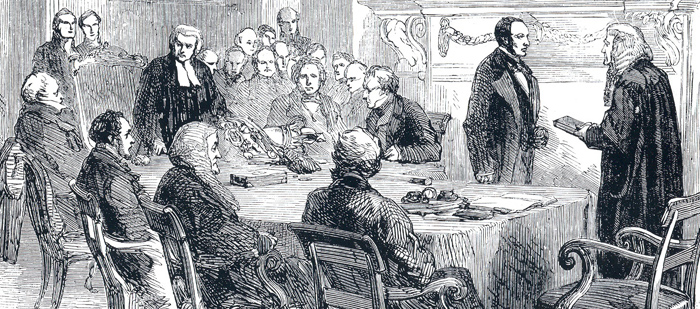
20. If you find a buried treasure chest of money and don’t report it, you could face a prison sentence! Technically any hidden treasure found in the UK belongs to the Queen! All findings must be reported to the coroner within 14 days and the treasure will be offered to museums. If the museums choose not to bid on it, then the finder/land-owner gets to receive it.
How many of these surprising facts did you already know? Let us know in the comments below!
If you’re interested in coin collecting, our Change Checker web app is completely free to use and allows users to:
– Find and identify the coins in their pocket
– Collect and track the coins they have
– Swap their spare coins with other Change Checkers

Sign up today at: www.changechecker.org/app

HI, I WAS BORN AND GREW UP IN EAST LONDON, THESE ARE SOME OF THE COCKNEY RHYMING SLANG WORDS I REMEMBER.
LADY GODIVA – FIVER- FIVE POUNDS
COCK AND HEN – TEN – TEN POUNDS
SCORE – TWENTY – TWENTY POUNDS
PONY – TWENTY FIVE POUNDS
BULLSEYE- FIFTY POUNDS
TON – ONE HUNDRED POUNDS
MONKEY – FIVE HUNDRED POUNDS
GRAND – ONE THOUSAND POUNDS
RUBY MURRAY – CURRY
SHERBET DAB – CAB
PLATES OF MEAT -FEET
CURRANT BUN – SUN
BOAT RACE – FACE
LOAF OF BREAD – HEAD
HALF- INCH – PINCH
TROUBLE AND STRIFE – WIFE
TOMFOOLERY – JEWELLERY
WHISTLE AND FLUTE- SUIT
I ALSO KNOW ONES I COULD NOT PUT ON THIS LIST.
ANYWAY THIS BRINGS BACK MEMORIES, AND JUST TO SAY TO YOU ALL KEEP WELL KEEP SAFE , EVERYTHING ALWAYS CHANGES NOTHING STAYS THE SAME.
Hi Tony, that’s fantastic, thanks so much for sharing! I had never heard of ‘Monkey’ for five hundred pounds before. And thanks for keeping it clean haha! Hope you’re keeping well. Thanks, Rachel
Hello to all
In this difficult span, I love you all
Rise your family and friends
The coins that we call ‘coppers’ have NEVER been copper during any of our lifetimes. Copper was discontinued during Queen Victoria’s reign. Our coppers were bronze until replaced by copper plated steel.
Legally, according to the Bank of England’s web site, there are some restrictions when using small coins as payment. For example, 1p and 2p coins only count as ‘legal tender’ for any amount up to 20p, that said it is still discretionary and the trader may accept higher amounts.
Technically, Bank of England banknotes are not ‘legal tender’ in Scotland, (but Royal mint coins are!) nor are Scotish banknotes ‘legal tender’ in England but they are all accepted. (although some English traders are reluctant or even refuse to accept Scotish notes) Legal tender has a narrow technical meaning which has no use in everyday life. It means that if you offer to fully pay off a debt to someone in legal tender, they can’t sue you for failing to repay.
Clear as mud then!
what about our £100 note up in Scotland, does this not count as general circulation?
Hi Andrew, you’re right, there is also a £100 note in Scotland. Have you ever been lucky enough to come across one?
Some very interesting facts – many thanks.
great blog. keeps us interested in something during these lockdown times.
its amazing how many slang terms come to mind in this country and worldwide, especially in USA,
As for legal tender, it is up to the person or company receiving the money to state their restrictions. but in general if you were to go by the bags issued by Banks, that is the best guide.
Hi Michael,
We’re so pleased you liked the blog!
You’re very right, it’s down to the individual decision of the retailer or dealer!
Thanks,
Alex
How can Russian stamps are Emergency Spanish currency stamps?
Hi Irina,
This is just an example of a temporary currency stamp. More information on the Spanish emergency currency stamps can be found on The Westminster Collection’s blog: https://blog.westminstercollection.com/2020/03/20/imagine-using-a-cup-a-stamp-or-cardboard-as-a-coin/
Thanks,
Alex
Love the blog very interesting I know 7 not very good, I love the one about the farthing
Regards George
Hi George, so glad you liked the blog! I love the Farthing fact too!
Thanks,
Alex
Hello Checkers,
All 20 facts new to me and shared a smile, or 20, so thank you! More of these types of blogs please! ?
Hi Jane,
We’re so glad you liked this blog! We love creating them 🙂
Thanks,
Alex
HI
THERE ARE A LOT OF SLANG FOR MONEY FROM MEAT, FISH FRUIT AND VEG MARKETS AAS WELL AS COCKNEY RHYMING SLANG, A LOT SHORTENED SO IF NOT IN THE KNOW YOUR NOT FINDING THE PRICE.. HERES A FEW THAT HAVE COME MY WAY
ALAN WHICKER NICKER ONE POUND
COCK AND HEN -COCKLE TEN POUND
FLIM FIVE POUND
ACE ,DUECE TREY ROUF NEVES ARE SOME MORE-1 2 3 4 7
LORD OF THE MANNER- LORDY SIXPENCE
CHIP SHILLING
TOSHEROOM- ROOM 2 SHILLINGS
PONY TWENTY POUNDS
MONKEY 50 POUNDS
TON HUNDRED POUNDS
GRAND THOUSAND POUNDS
THERE ARE MANY MORE THESE ARE WHAT I CAN REMEMBER FROM YOUTH DAYS CIRCA 1950s
info needed some times you send trading card with my purchases, what are they for?
Hi James,
Yes there really is a world of slang terms for money isn’t there?!
The Trading Cards are just a fun added extra for collectors. It can be a nice substitute for those coins that are missing from your collection. Collectors have been loving them and they have even been traded and sold online! 🙂
Thanks,
Alex
Just a little correction there; A pony is £25 and a monkey is actually £500. I hope you don’t think I’m being a ‘Cocky’ Cockney (Worcester born and bred actually!)!!
Ten out of twenty.
Wow Ian that’s great!
Very good information I knew some of them.
So glad you liked the blog Martin and it’s great you knew some of the facts!
Good, interesting article but misnamed. Five of the facts are about notes, one is about stamps, one is about general monetary terms (mostly used for notes), leaving only 13 out of the 20 actually being about coins.
God, I love being pedantic! ?
Hahah! Yes you’re technically right Steven! Glad you enjoyed the blog 🙂
Very interesting! Thank you.
Glad you liked the blog Roki!
I knew all 20 things relating to English coinage.
Wow that’s great Dave!
Very interesting facts
Love listening to the history of the coins, also didn’t know about payment with stamps at one point.
Many Thanks again
Michael Kelly
Glad you liked the blog Michael! It’s very interesting about the emergency stamps!
Thanks,
Alex